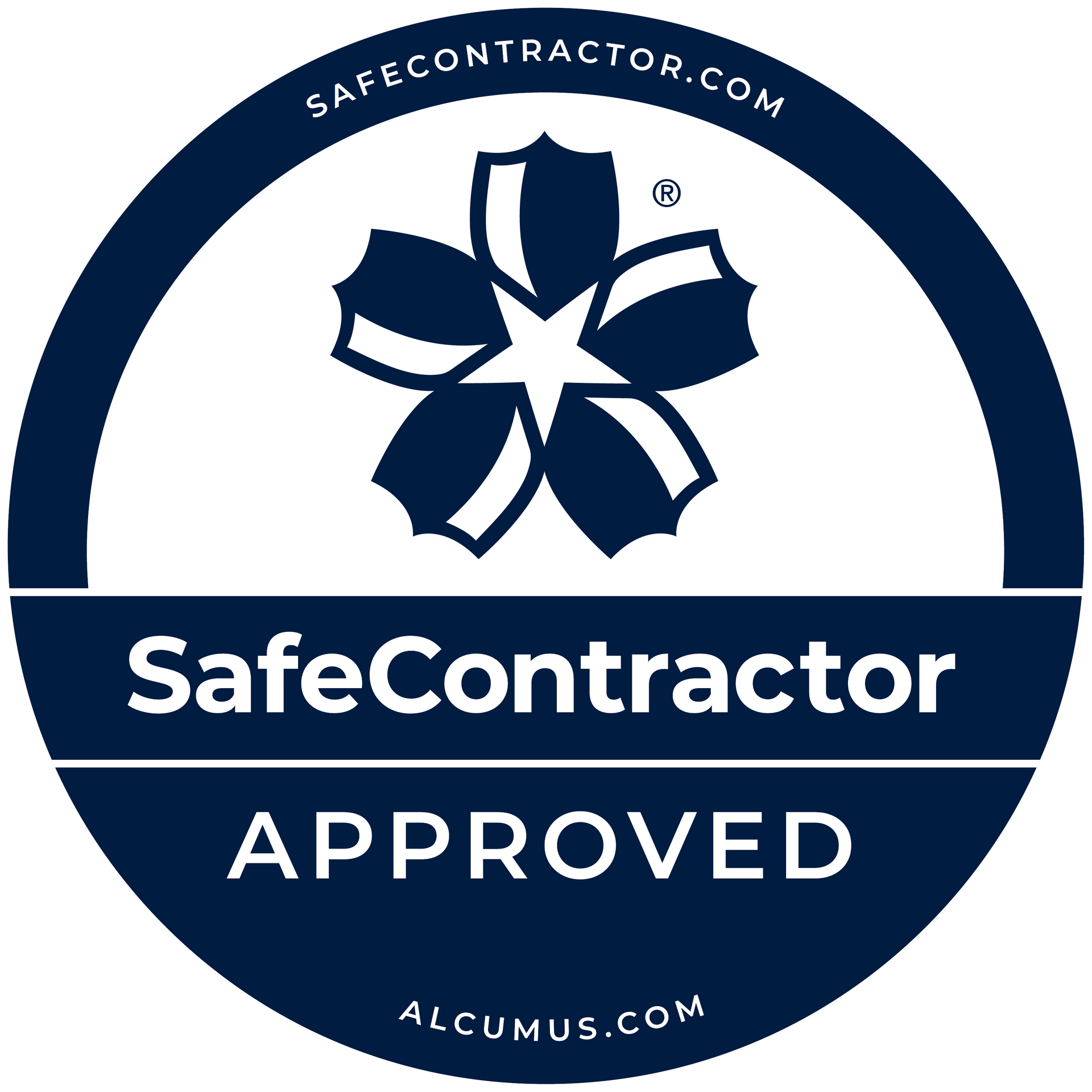Access Control Systems Guide
The Ultimate Guide to Access Control: Securing Your Property with Smart Solutions
In today’s world, ensuring the security of your property is more crucial than ever. Access control systems are at the forefront of modern security solutions, providing an effective way to manage and restrict who can enter your premises. This guide will explore the various types of access control systems, their benefits, and best practices for implementation.
What is Access Control?
Access control is a security technique that regulates who or what can view or use resources in a computing environment. In the context of physical security, it refers to systems that control the entry and exit of individuals within a building or area. These systems use a variety of methods, from simple keypads to advanced biometric scanners, to ensure that only authorized personnel can access certain areas.
Benefits of Access Control Systems
1. Enhanced Security:
- Access control systems significantly reduce the risk of unauthorized entry, thereby protecting sensitive areas and valuable assets.
2. Convenience and Efficiency:
- Automated systems streamline the entry process, eliminating the need for traditional keys and manual checks.
3. Audit Trail:
- These systems provide detailed logs of who accessed what areas and when, which is invaluable for monitoring and investigation.
4. Integration:
- Modern access control systems can integrate with other security measures, such as CCTV and alarm systems, for a comprehensive security solution.
5. Scalability:
- Access control systems can be easily scaled to fit the needs of any size organization, from small offices to large enterprises.
Types of Access Control Systems
1. Discretionary Access Control (DAC):
- The owner of the protected area decides who is allowed in and assigns permissions accordingly. This type is typically used in smaller, less critical applications.
2. Mandatory Access Control (MAC):
- Access rights are regulated by a central authority based on multiple levels of security. It is commonly used in environments where data sensitivity is high, such as government agencies.
3. Role-Based Access Control (RBAC):
- Access decisions are based on the roles individuals have within an organization. It is widely used in businesses to assign permissions based on job functions.
4. Rule-Based Access Control:
- Access is granted or denied based on a set of rules defined by the system administrator. This type is often used in dynamic environments where permissions need to be frequently updated.
Key Components of Access Control Systems
1. Credentials:
- Devices or information used to gain access, such as key cards, PINs, biometric data, or mobile apps.
2. Readers:
- Devices that authenticate the credentials provided by the user, such as card readers, fingerprint scanners, or facial recognition cameras.
3. Control Panel:
- The system’s brain, which makes decisions about granting or denying access based on the credentials presented and predefined rules.
4. Access Points:
- The doors, gates, turnstiles, or barriers controlled by the access system.
5. Management Software:
- The software interface used to configure and monitor the access control system, manage user credentials, and review access logs.
Best Practices for Implementing Access Control
1. Assess Your Needs:
- Conduct a thorough security assessment to identify the areas that need protection and the level of security required.
2. Choose the Right System:
- Select an access control system that fits your specific needs, whether it’s based on security level, ease of use, or budget.
3. Layered Security:
- Combine access control with other security measures such as CCTV, alarms, and physical barriers for enhanced protection.
4. Regular Updates and Maintenance:
- Keep your system updated with the latest software and firmware. Regularly maintain hardware components to ensure they function correctly.
5. User Training:
- Educate employees and authorized users on how to use the system properly and the importance of adhering to security protocols.
6. Monitor and Audit:
- Regularly review access logs and monitor the system for any unusual activity to promptly address potential security breaches.
Conclusion
Access control systems are a vital component of modern security strategies, offering robust protection and management of entry points to your property. By understanding the different types of systems and best practices for implementation, you can choose the right solution to enhance the security and efficiency of your home or business.
For more information on selecting and installing the right access control system, or to explore our range of security solutions, visit https://www.fuse-security.com/products.


